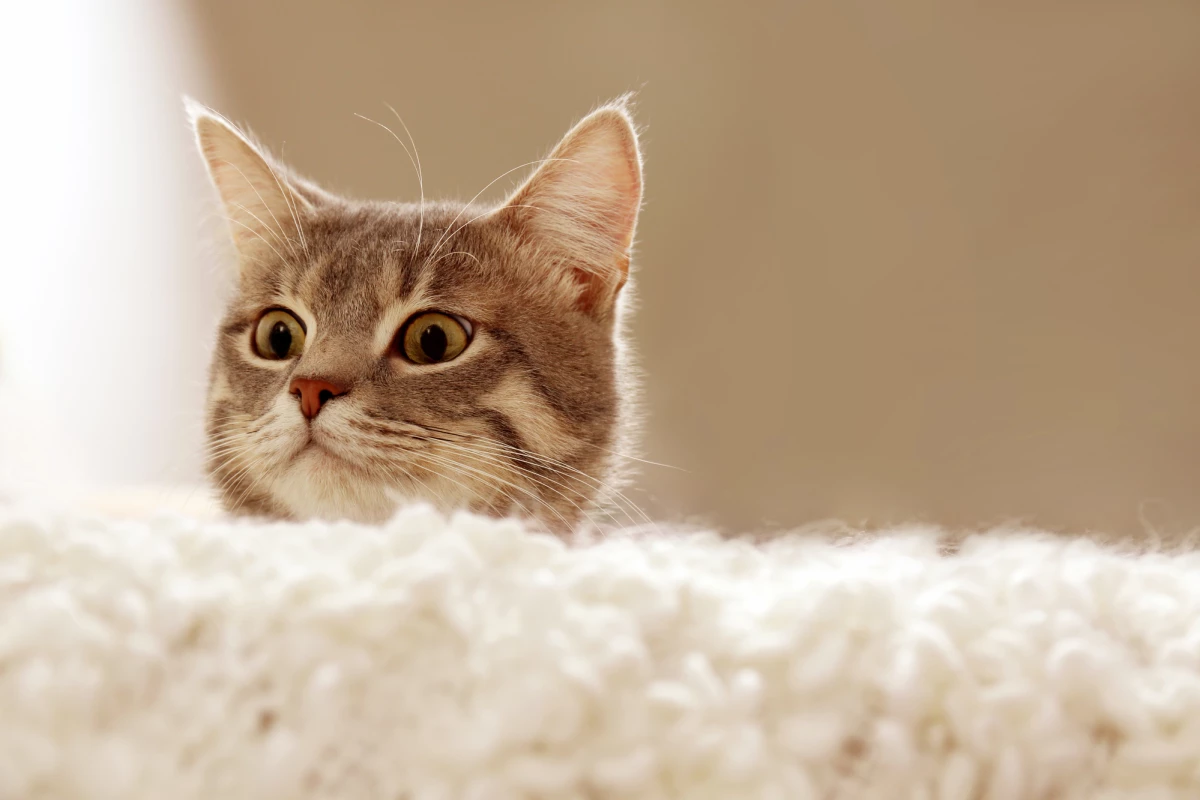A robust new study is offering the strongest clinical evidence to date of COVID-19 transmission from human to cat. The research builds on anecdotal reports from the past 12 months, but experts stress there is no evidence so far of viral transmission from domestic cats to their owners.
The research, published in the journal VetRecord, chronicles two case studies of domestic cats with respiratory illness, subsequently proven to be due to SARS-CoV-2 infection. One of the cats was ultimately euthanized due to the illness.
A comprehensive genomic analysis of the virus found in the cats suggests the animals were most likely infected by humans. The researchers found no “cat-specific mutations,” with the genomic lineages of the virus suspected to be directly connected to strains of SARS-CoV-2 spreading through humans in the UK at the time.
"These findings indicate that human-to-cat transmission of SARS-CoV-2 occurred during the COVID-19 pandemic in the UK, with the infected cats displaying mild or severe respiratory disease,” explains lead author Margaret Hosie. “Given the ability of the coronavirus to infect companion animals, it will be important to monitor for human-to-cat, cat-to-cat and cat-to-human transmission.”
Transmission of this novel coronavirus from humans to animals has been frequently reported over the past year, particularly in zoos, but this new study offers valuable evidence affirming these anecdotal observations. James Wood, from the University of Cambridge, calls this new study “important and interesting,” and says we need to closely monitor domestic pets.
“There is a growing international body of literature that is suggesting that asymptomatic transmission to pet dogs and cats from human patients may take place more commonly than disease is seen in the animals,” says Wood, who did not work on this new study. “Careful monitoring of the health of animals in contact with human patients is warranted and owners should follow advice, where possible, to try to separate themselves from their animals when they are clinically unwell.”
It is important to note, at this point there is no evidence infected domestic pets can transmit the virus back to humans. However, the concern many researchers raise is the prospect of the virus quietly spreading and mutating amongst domestic pets.
“While this paper does not look at transmission, this raises the possibility that virus variants could be more infectious for other species including cats and dogs which could possibly play a role in animal reservoirs and pose a risk of spill over back into humans,” explains Lawrence Young, from the University of Warwick.
An outbreak of infections in several mink farms across Denmark last year led to massive animal culls in the country after scientists discovered a unique mutation in the virus. This concern that the virus could quietly circulate in animal populations, developing new variants that may jump back across to humans, led to work on several vaccines custom-made for animals.
In late March, Russia approved the world’s first COVID-19 vaccine for animals. The vaccine had been tested on “dogs, cats, Arctic foxes, minks, foxes and other animals,” said the country’s agriculture ministry.
There is currently no indication domestic pets will need vaccination against the virus in the future but researchers do suggest close surveillance of the virus in animal populations will be important over the coming years.
“… it is vitally important to monitor SARS-CoV-2 infections in animals, both domesticated and free-living, as they offer a potential reservoir for virus persistence, mutation and re-emergence into the human population,” says Eleanor Riley, an infectious disease expert from the University of Edinburgh.
The new study was published in the journal VetRecord.




